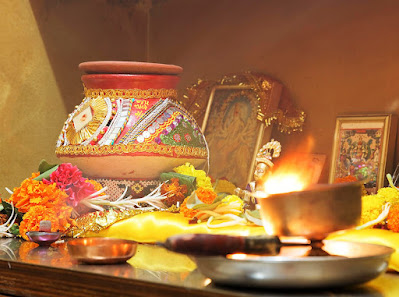Sensory Connections
One thing I found interesting in Diana Eck’s reading was the differences between Western monotheistic religions and Hinduism, specifically in their views of images in worship. In the West, the use of images is often seen as idolatry, that is, the worship of an object or something other than God as if it were God. As Dr. Dale Tuggy points out in his video lecture on Eck’s book, Western ideas and beliefs are often applied to Hindu devotion, claiming that the use of images, or idols, is wrong or bad. As mentioned in the video, the term idolatry is actually an outsider term, meaning that it has been used to describe Hindu practices from a Western viewpoint. I would argue that this goes against the concept of cultural relativism, the idea that a person's beliefs and practices should be understood based on that person's own culture, norms, and values From a comparative religious perspective, I think it’s important to keep cultural relativism in mind and try not to compare different religious practices from only our own viewpoint/cultural background. If we consider Hindu darsan according to Hindu beliefs and practices, the reasons behind it become a lot clearer.
 |
| Credit: Fine Art America, via https://fineartamerica.com/featured/hindu-puja-kantilal-patel.html |
Eck’s discussion of image use in Hinduism as a way to focus concentration and facilitate access between Gods and people stuck out to me and reminded me of Green’s similar point about scents being a way to connect and communicate with God. The use of senses in connecting with deities seems to be a more common religious practice than we might think.


Comments
Post a Comment